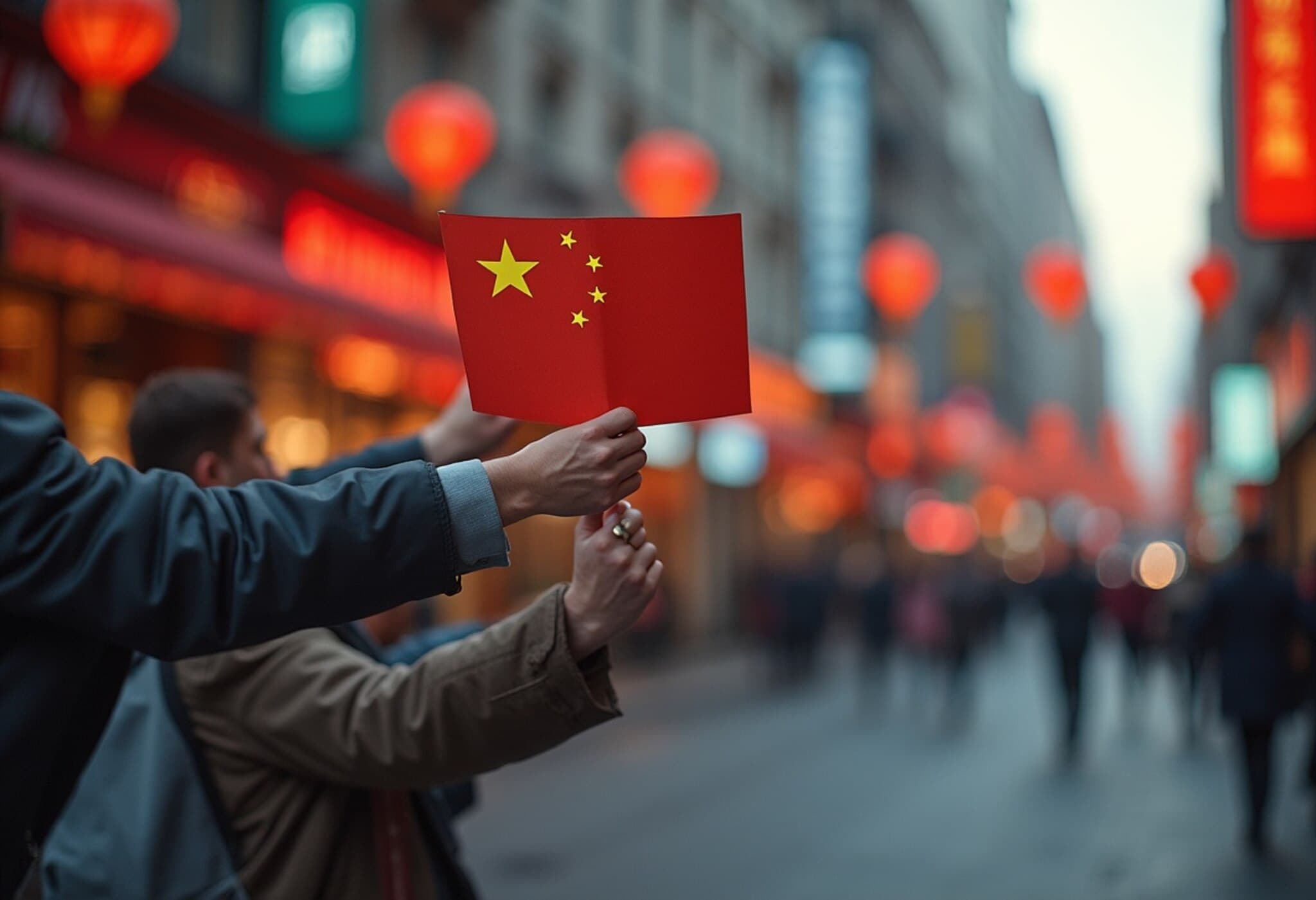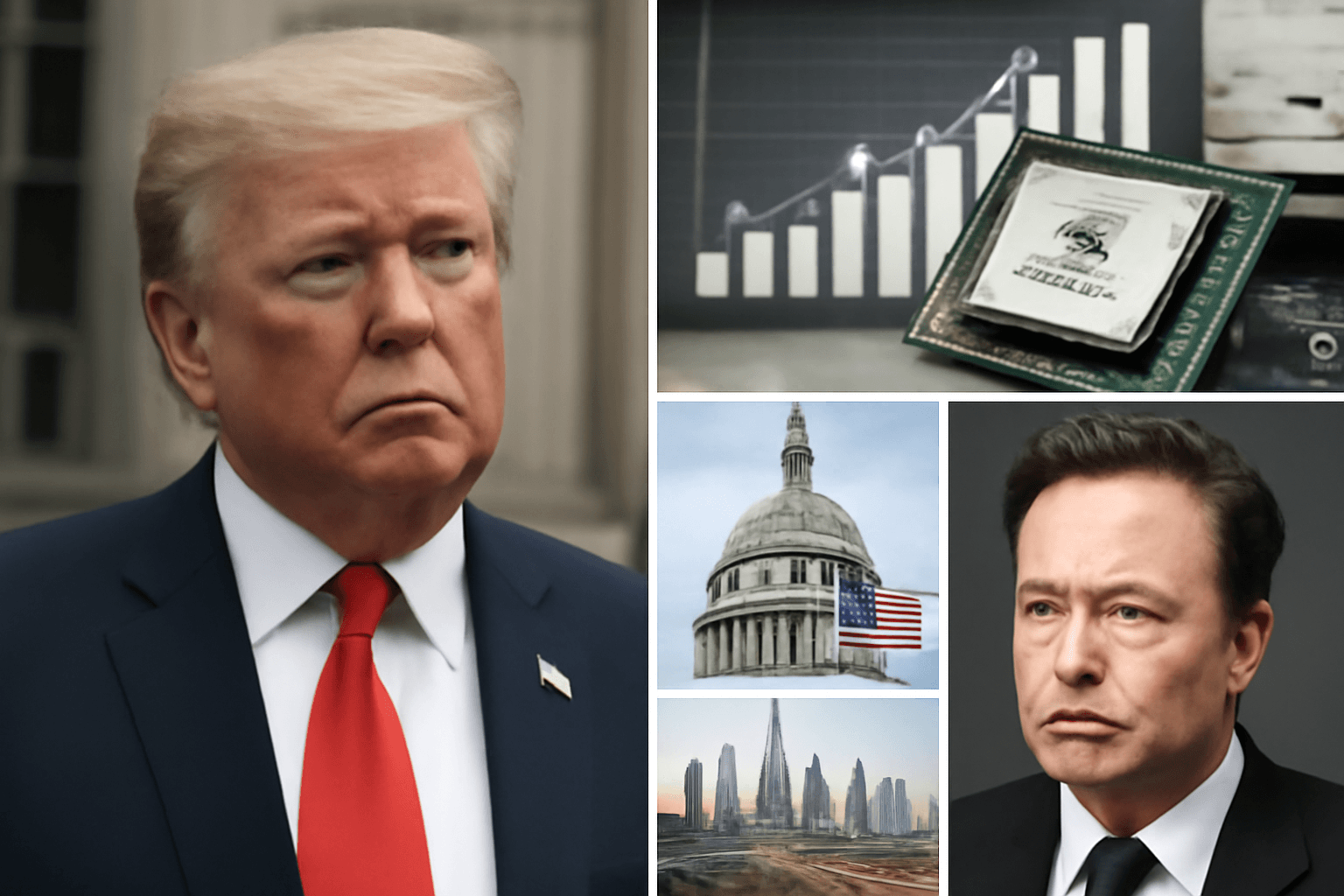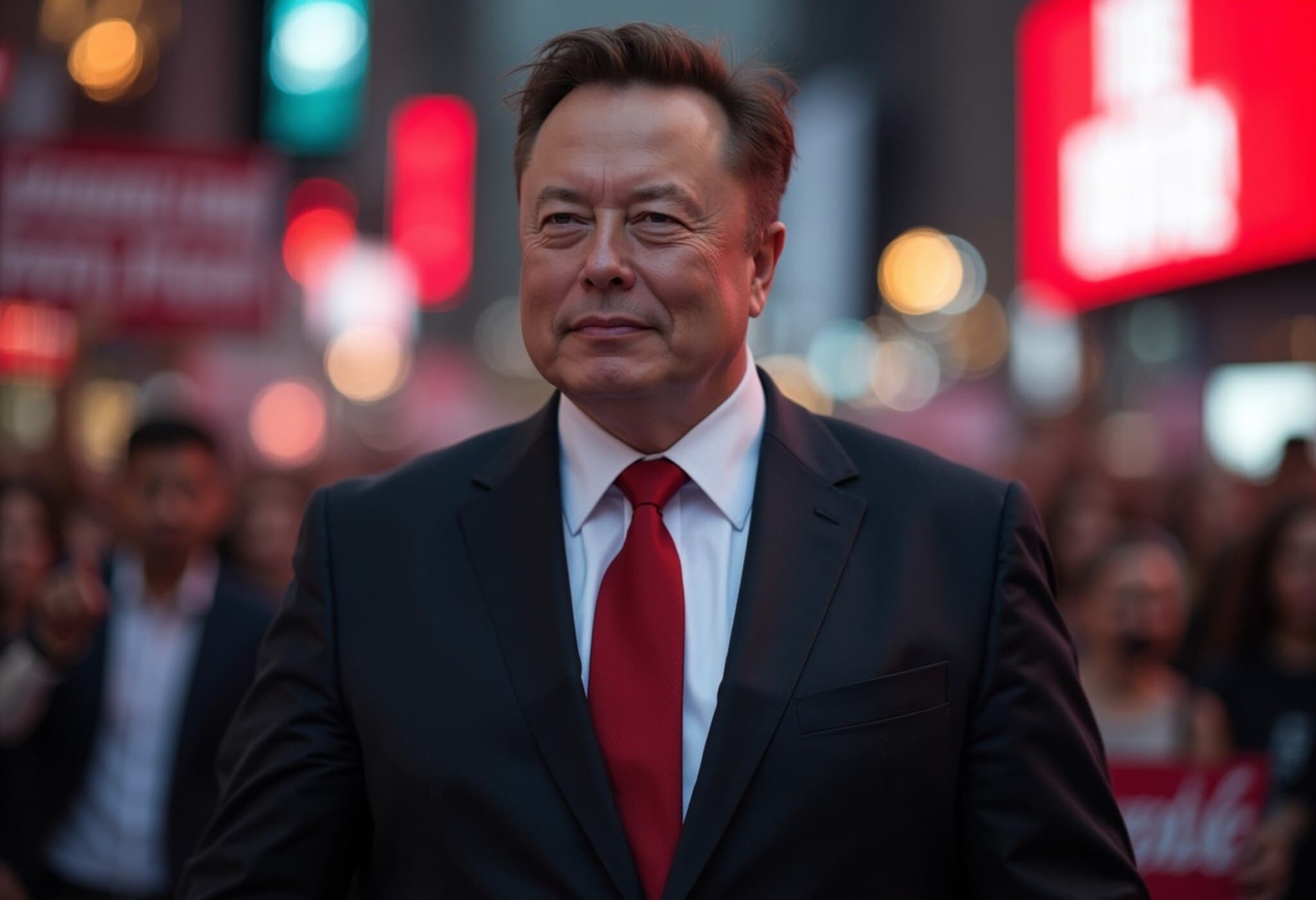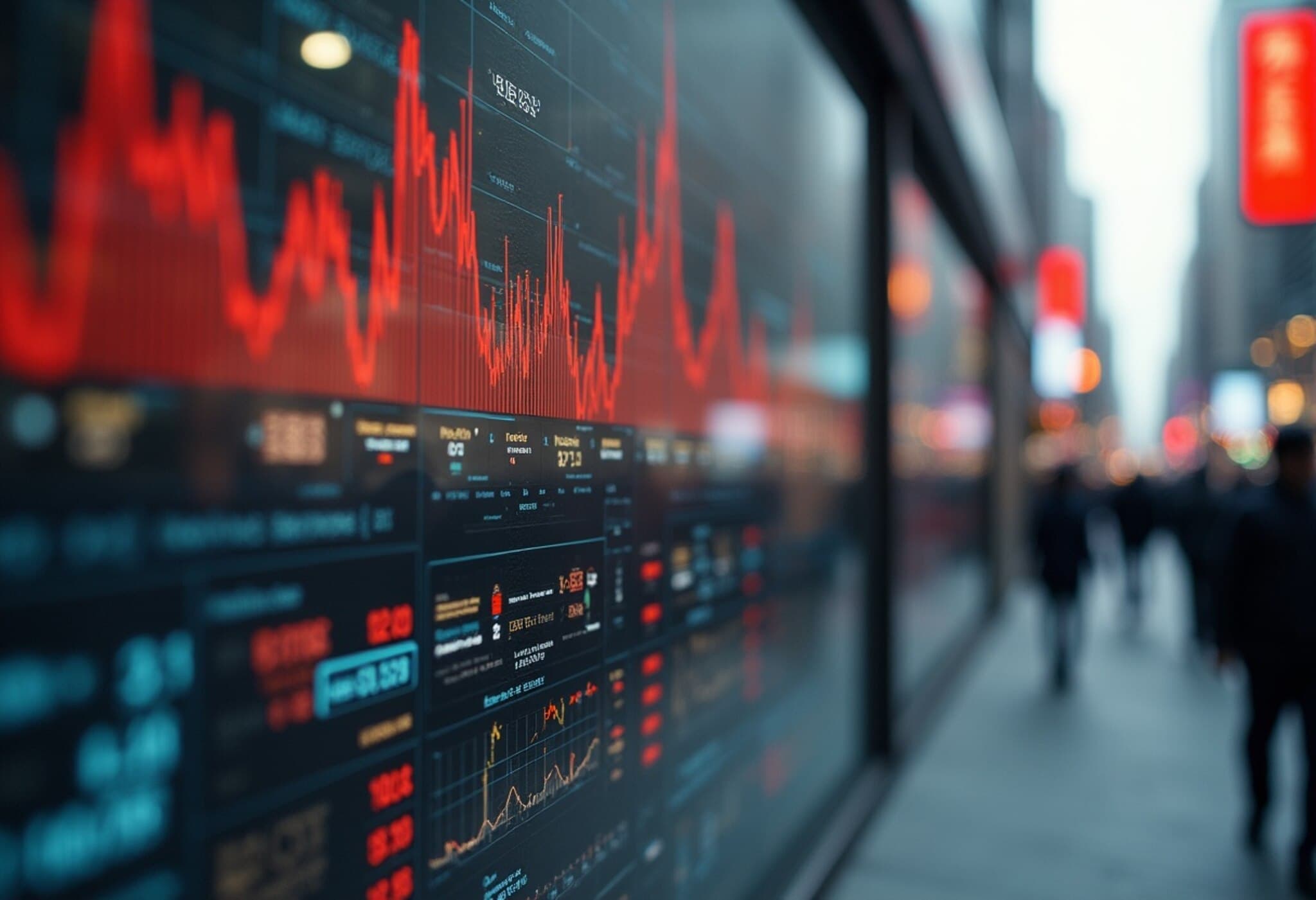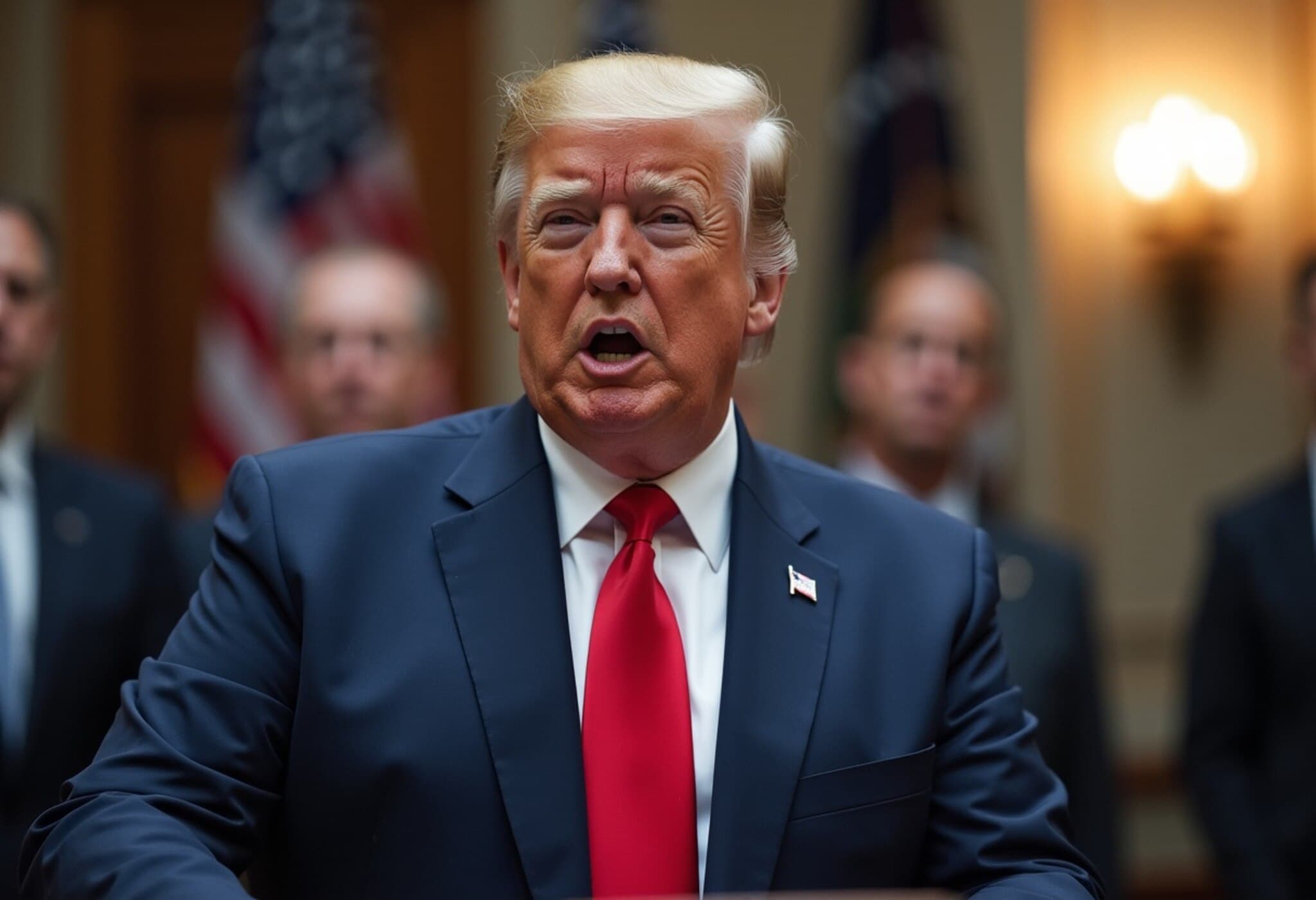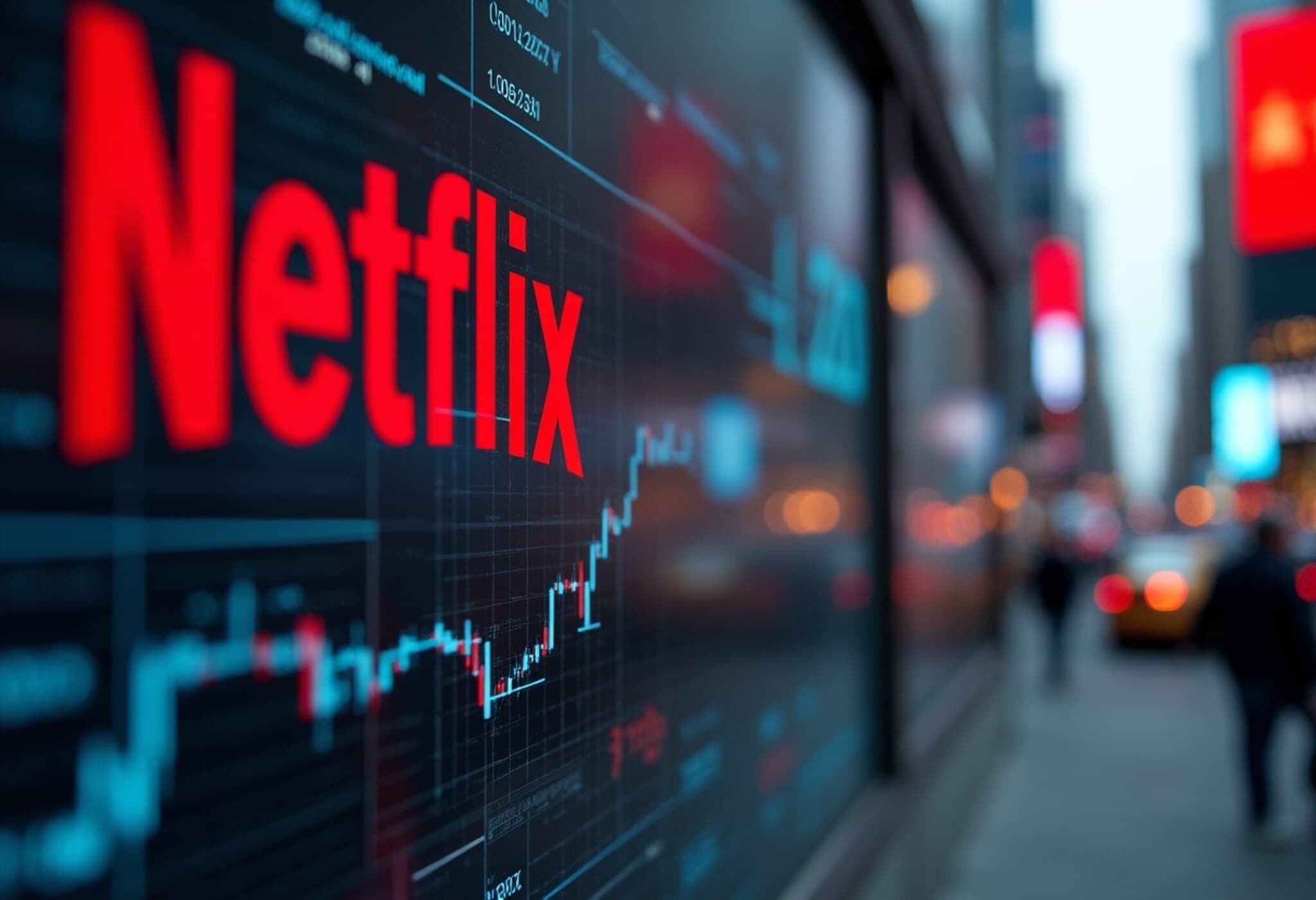Approaching August 1: The Crucial Tariff Deadline
As the calendar inches closer to August 1, 2025, investors are eyeing a pivotal moment in U.S.-China trade relations. The date marks the hard deadline for President Donald Trump’s updated tariff measures. Despite the looming deadline, markets have displayed surprising resilience. Last week, while the Dow Jones Industrial Average experienced a slight dip, the S&P 500 and Nasdaq Composite each rose by 0.6% and 1.5%, respectively, signaling investor confidence amid uncertainty.
Market Reaction to Tariff Speculation
Speculation around tariff rates has stirred anxieties but has yet to unsettle markets meaningfully. Reports suggesting President Trump targets at least a 15% tariff on imports from the European Union caused only minimal market disruption, even though this figure is higher than the EU’s hopes and lower than the previously threatened 30%. This muted response might indicate that investors are banking on ongoing negotiations or a possible compromise.
Earnings Season: A Buffer Against Trade Tensions
The silver lining amid tariff jitters has undoubtedly been the robust earnings reports coming out of U.S. corporations. Approximately 83% of S&P 500 companies that have reported thus far have beaten expectations—an encouraging sign highlighted by strong performances in the banking sector, which serves as a key barometer for economic health. Financial giants like JPMorgan Chase and Bank of America have delivered solid beats, bolstering market sentiment.
Upcoming Earnings Could Tip the Balance
Attention now turns to the earnings announcements scheduled for late July, just days before the tariff deadline. Should these reports surpass estimates, they could temporarily allay geopolitical concerns or, conversely, lead investors to underestimate ongoing trade challenges. In an era marked by geopolitical tension, every optimistic headline carries a potential shadow.
Key Developments to Watch Today
- U.S. Commerce Secretary’s Statement: Howard Lutnick has acknowledged August 1 as a firm deadline for new tariffs but has not ruled out ongoing trade talks beyond that point, leaving room for diplomatic maneuvering.
- U.S. Stock Futures Stable: As of Sunday morning, futures indicate little movement stateside, suggesting investors are taking a wait-and-see approach heading into Monday’s session.
- China Holds Lending Rates: In a move highlighting cautious monetary policy, the People’s Bank of China maintained its benchmark lending rate at 3.0% and the five-year Loan Prime Rate (LPR) at 3.5%. The offshore yuan responded with little change, reflecting steady investor confidence.
- Huawei’s New Role: Once known primarily as a telecom titan, Huawei is making notable strides in artificial intelligence chips, positioning itself as China’s answer to Nvidia. This pivot is particularly striking given U.S. sanctions tightened in 2019, underscoring Huawei’s resilience and strategic innovation.
- Apple’s Foldable Advantage: While Apple has yet to unveil a foldable phone, anticipation is building, with one supplier already poised to benefit significantly once the product launches—illustrating how supply chains can move ahead of major consumer tech innovations.
Global Currency Spotlight: Could the Singapore Dollar Emerge as a Safe Haven?
In global currency markets, the U.S. dollar remains the reigning reserve currency, but the dollar index has declined by more than 9% year to date, weighed down by trade uncertainties and shifting geopolitical dynamics. Meanwhile, concerns about Japan’s yen amid trade tensions have paved the way for alternative options.
Financial analysts are increasingly turning their attention to the Singapore dollar as a potential new safe haven. Singapore’s robust financial infrastructure, political stability, and prudent economic management have positioned its currency as a reliable store of value in times of volatility—an underappreciated narrative that deserves closer monitoring by global investors.
Expert Insight
From an American economic policy perspective, the unfolding trade developments underscore how intertwined domestic market confidence is with international diplomacy. While robust earnings provide some cushion, the looming tariff deadline could still introduce volatility. Policymakers and investors alike must maintain vigilance, recognizing that beneath the surface stability lies potential for sudden shifts.
Final Thoughts
As August 1 nears, the balancing act between trade policy, corporate performance, and global economic currents grows ever more delicate. Markets today display a cautious optimism, but history reminds us that under seemingly calm waters, tectonic shifts can emerge. The evolving narrative around Huawei’s technological comeback and the Singapore dollar’s rising profile further highlight the complexity and interconnectedness of today’s global economy.

